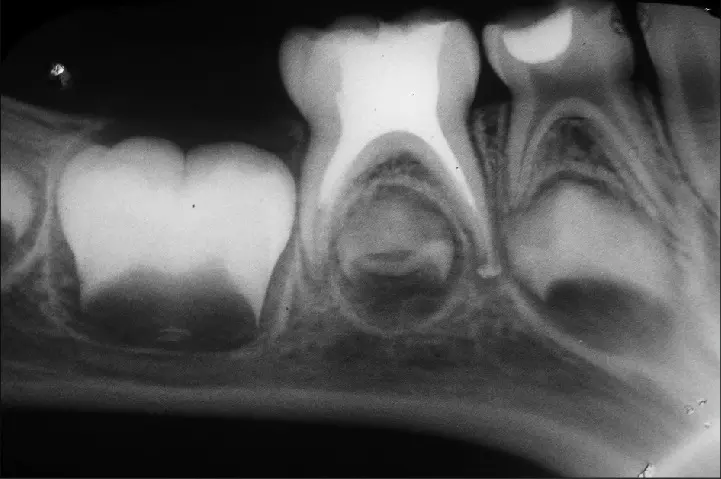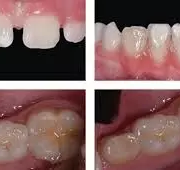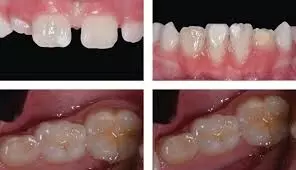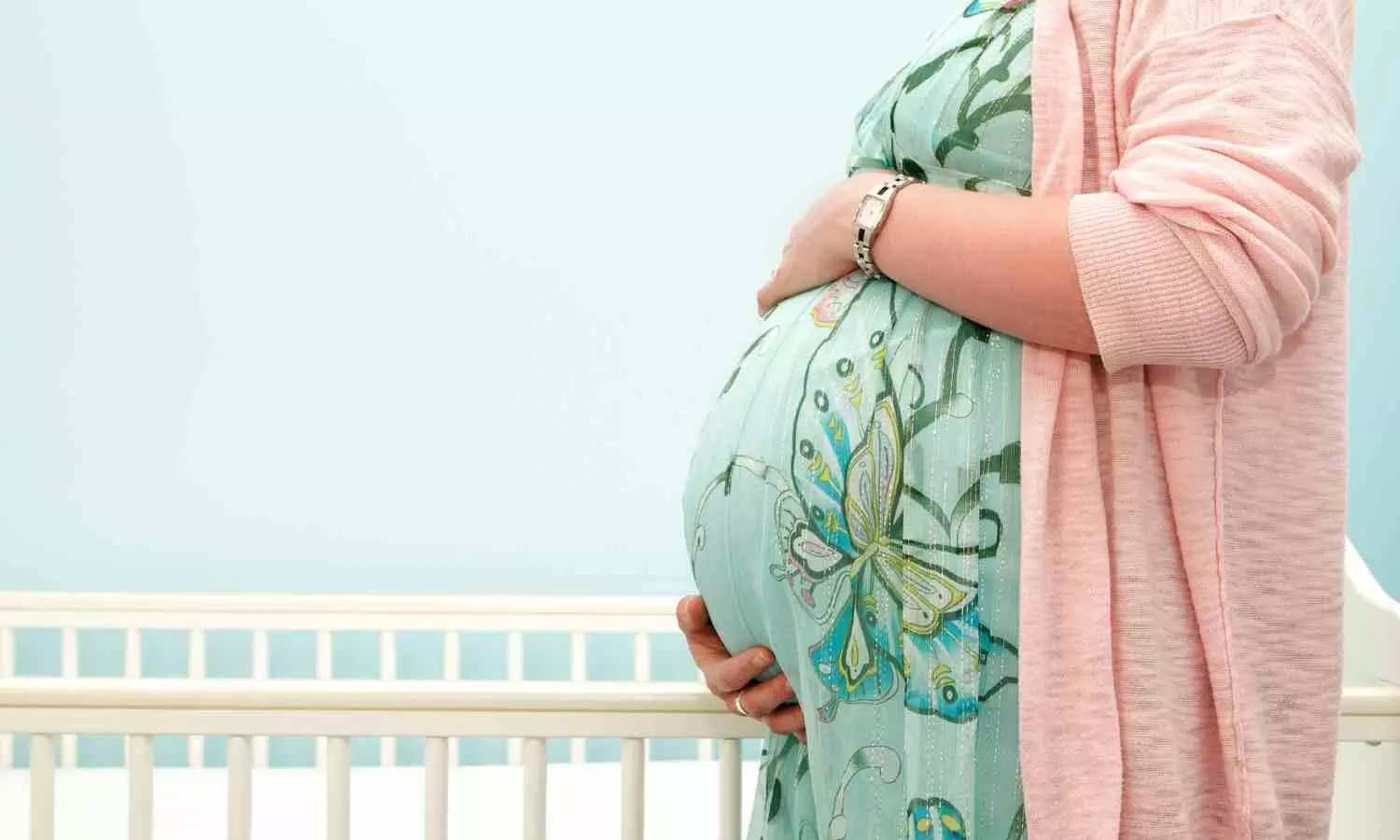Adenoidectomy combied with tympanostomy tube insertion may significantly reduce repeat procedures and oral antibiotic use in kids: JAMA

Adenoidectomy combined with tympanostomy tube insertion may significantly reduce repeat procedures and oral antibiotic use in kids suggests a study published in the JAMA.
The benefit of adenoidectomy on otologic outcomes after tympanostomy tube (TT) insertion is unclear. Results from prior work are challenging to interpret due to small sample sizes, heterogeneous study designs, and varying outcome measures. A study was done to evaluate the association between adenoidectomy and otologic outcomes using a US population-level sample of children who received TTs, producing generalizable results for widespread clinical application. A matched cohort study was conducted using claims data from the Merative MarketScan Research Databases. The study included 601 848 children who received TTs between January 1, 2007, and December 31, 2021. Children who received adenoidectomy and TTs simultaneously (Ad+TT) were identified irrespective of the number of prior TTs. Control participants who received TTs without adenoidectomy were matched based on sex, age at the time of the procedure, and the number of prior TT procedures. The primary outcomes were repeat TT insertion and subsequent oral antibiotic prescriptions after TT insertions. Multivariable logistic regression was used to quantify the effects of adenoidectomy and covariates on each outcome. Stratified analyses were performed in children younger than 4 years and 4 years or older. Results Overall, 601 848 children (median [IQR] age, 2 [1-4] years; range, 0-11 years; 351 078 [58.3%] male) who received TTs were identified. The Ad+TT cohort included 201 932 children, with an equal number in the matched cohort. In children younger than 4 years, Ad+TT was common and was associated with lower odds of subsequent oral antibiotics (odds ratio [OR], 0.59; 95% CI, 0.58-0.60) but higher odds of repeat TT insertions (OR, 1.24; 95% CI, 1.22-1.27). In children 4 years or older, Ad+TT was associated with lower odds of repeat TT insertions (OR, 0.78; 95% CI, 0.75-0.81) and subsequent oral antibiotics (OR, 0.63; 95% CI, 0.62-0.65). This study found that in children younger than 4 years, Ad+TT was commonly performed and may have had a secondary benefit of reducing subsequent oral antibiotic courses; however, it was not associated with a reduction in the risks of repeat TT insertions. In children 4 years or older, Ad+TT was associated with a reduction in the risk of repeat TT insertions and subsequent oral antibiotics. Given these findings, Ad+TT may be offered in children 4 years or older to improve otologic outcomes.
Reference:
Qian ZJ, Truong MT, Alyono JC, Valdez T, Chang K. Tympanostomy Tube Insertion With and Without Adenoidectomy. JAMA Otolaryngol Head Neck Surg. Published online October 17, 2024. doi:10.1001/jamaoto.2024.3584
Keywords:
Adenoidectomy, combined, tympanostomy, tube, insertion, may, significantly, reduce, repeat, procedures, oral, antibiotic, use, kids, JAMA, Qian ZJ, Truong MT, Alyono JC, Valdez T, Chang K
Powered by WPeMatico













